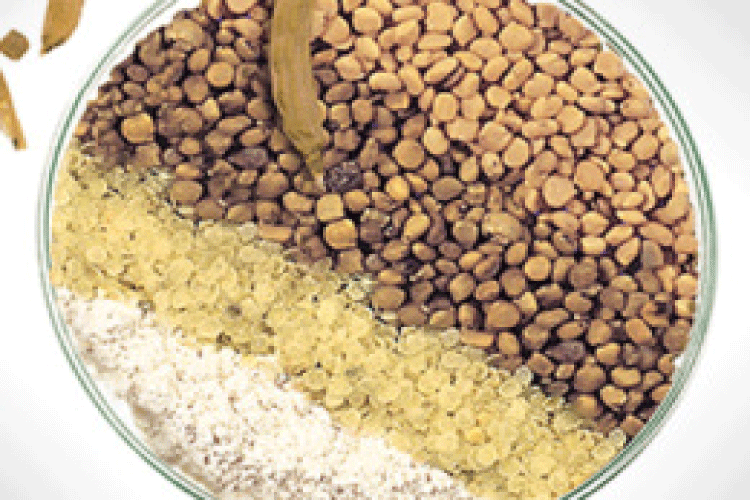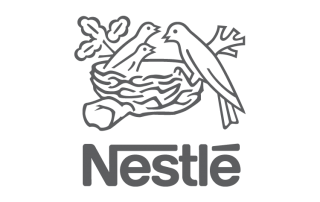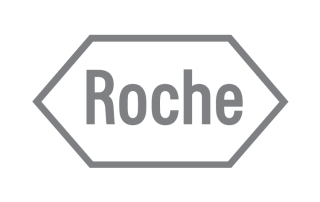Project Description
Guar Gum is the ground endosperm of the seed of the plant Cyamopsis tetragonolobus. It has been widely cultivated for centuries in India, for both animal and human consumption, and today India meets nearly 85% of the worldwide demand for Guar Gum.
Guar is primarily grown in the states of Rajasthan, Haryana and Gujarat and to a very small extent in the states of Uttar Pradesh and Madhya Pradesh. However due to the recent rise in demand for Guar Gum, other Indian states such as Maharashtra and Andhra Pradesh have also started experimenting with Guar cultivation.
The Guar crop is sown after the first rains in June / July and is harvested after approximately 3 months. Guar is a hardy, drought-resistant plant and requires 3 to 4 moderate rains at intervals of 15 to 20 days.
The Guar plant sprouts bean-like pods that are 5-10 cms long and contains 8-10 seeds. Guar seeds are about 3 mm to 5 mm in diameter and are dicotyledonous i.e. they have two endosperm halves. Also known as Guar Splits, the endosperm halves are separated from the germ and hull using a combination of thermal and mechanical processes. Guar Splits are then milled to produce Guar Gum powder.
Guar Gum is a creamish-white bland-tasting powder that is almost odourless. It disperses readily in hot or cold water to form a viscous pseudoplastic sol.
Guar Gum is a polysaccharide. The galactomannan molecule is composed of a long straight chain of D-mannopyranose units with single membered side chains of D-galactopyranose units. The molecular weight of Guar Gum is estimated at between 200,000 and 250,000 Dalton.
Gel formation
Cohesive structural gels can be formed by adding borate ions, which act as cross-linking agents, to a hydrated alkaline Guar Gum solution.
Compatibility with other hydrocolloids
Guar Gum is compatible with most other hydrocolloids and water soluble polymers such as Agar, Arabic, Carrageenan, Karaya, Locust Bean Gum, Pectin, Propylene Glycol Alginate, Sodium Alginate, Tragacanth, Methylcellulose, CMC and Xanthan. It is also compatible with raw starches, most modified starches and many water soluble proteins.
Synonyms:
Guar gum , Guar gum [NF] , Guaran , 1212A , A-20D , Burtonite V-7-E , CCRIS 321 , Cyamopsis gum , Cyamopsis tetragonoloba (L.) Taub. (Fabaceae) , Dealca , TP1 , Dealca TP2 , Decorpa , EINECS 232-536-8 , FEMA No. 2537 , Galactasol , Gendriv 162 , Guar , Guar flour , Guar gum , Guar gum (Cyamopsis tetragonolobus (L.)) , Guar gum (cyamopsis tetragonolobus) , Guar Gum Seed Endosperm , Guaran , Gum cyamopsis , Gum guar , HSDB 1904 , Indalca AG , Indalca AG-BV , Indalca AG-HV , J 2Fp , Jaguar , Jaguar 6000 , Jaguar A 20 B , Jaguar A 20D , Jaguar A 40F , Jaguar gum A-20-D , Jaguar No.124 , Jaguar plus , Lycoid DR ,
NCI-C50395 , Regonol , Rein guarin , Solvent purified guar gum , Supercol G.F. , Supercol GF , Supercol U powder , Syngum D 46D , Uni-Guar , UNII-E89I1637KE , Guar gum , Guar gum , 9000-30-0 , E89I1637KE , 1312293-38-1 , 53986-27-9 , 57406-68-5 , 57406-71-0 , 63799-54-2 , 85510-16-3 , 9008-17-7 , 9010-50-8 , 9049-33-6 , 9066-07-3






































